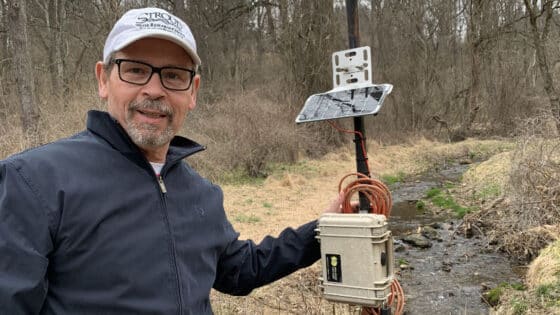Ensign, S.H., G. Noe, C.R. Hupp, and S. Fagherazzi. 2012. Eos 93(45):455–456.
Abstract
At the interface of estuarine tides and freshwater rivers lie wetland and aquatic ecosystems, which experience dramatic effects of sea level rise. There, nontidal channels and riparian floodplains are transforming into tidal ecosystems, and tidal freshwater ecosystems are receiving increasing salinity. These river‐floodplain systems have both fluvial characteristics, including meandering channels and expansive floodplain forests, and estuarine characteristics, including tides and intertidal wetlands [see Barendregt et al., 2009; Conner et al., 2007, and references therein]. Because tidal rivers lie at the disciplinary divide between fluvial and estuarine science, a knowledge gap has developed in scientists’ understanding of the geomorphic and biogeochemical response of these environments to sea level rise, climate change, and anthropogenically driven variations in watershed exports.


